Eve Jones reviews Wonderstruck, Director Todd Haynes’ imaginative adaptation of Brian Selznick’s acclaimed novel, which is showing in the PAC cinema until Thursday 17 May. Tickets available on our website…
Todd Haynes, saw huge success with his 2015 drama, Carol, but as his first directorial foray into family film, Wonderstruck is a cinematic delight. The 1927 film, The Jazz Singer was the first feature length movie with audible dialogue and revolutionised the way many of us consume film. However, for Rose (Millicent Simmonds), the deaf protagonist of Wonderstruck, this change throws her world upside down. No longer able to engage in the media that she loves, Rose sets off on a life-changing journey in search of a silent film actress (Julianne Moore) and the escapism her films once provided.
Alongside Rose’s adventure, the movie tells the story of pragmatic 11 year-old Ben (Oakes Fegley), on a similar quest to find his enigmatic father 50 years later. He too becomes deaf in a freak accident and both children end up independently navigating New York in their respective time periods, undeterred by their lack of hearing. The tenacious characters share an awe for the bustling city and the Natural History Museum. Haynes portrays the transcendence of a child’s wonder across time through his shot for shot parallels between the two narratives.
The black and white colouring of Rose’s story firmly sets it in its earlier era and, without dialogue, reflects the silent films that she so admires. Haynes substitutes ambient sounds with close-up visuals – we see horses’ feet moving, bells ringing, shoes being shined, to allow audiences an insight into Rose’s sensory experience.
This is not to say that the film is aurally uninteresting. Ben’s viewpoint alternates between the hearing environment he so recently left behind and the relative silence he now experiences. Unlike Rose, Ben converses aloud with other characters, but in both parts of the film the soundtrack is eclectic and atmospheric. It jumps from orchestral numbers to ‘70s funk to David Bowie’s Space Oddity, as much as the style of the film changes from silent film, to more conventional framing and then animation. Haynes manages to find unity amongst this idiosyncrasy where other directors could have lost their way.
By casting Moore as both the silent film actress (in Rose’s narrative) and an older character (in Ben’s narrative), the two stories begin to mysteriously intertwine. Acting a deaf character as a hearing actor requires nuance and both Moore and Fegley execute their roles well. The real breakthrough however, comes from Simmonds, who is herself deaf. Directed by Haynes via an American Sign Language interpreter, she creates emotive interactions with characters through facial expression and movement alone.
There are a few plot flaws where minor characters are abandoned without conclusion, but this could be attributed to the single-mindedness of the children to reach their goals, the stories told from their viewpoints. Ultimately, Wonderstruck offers a refreshing perspective of the world from a minority often overlooked in film.
Eve Jones
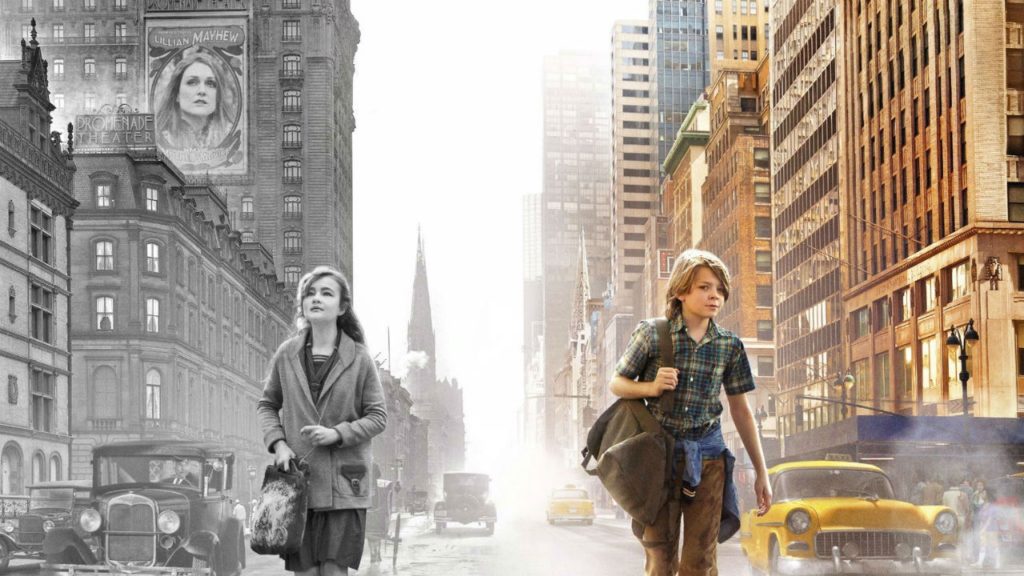
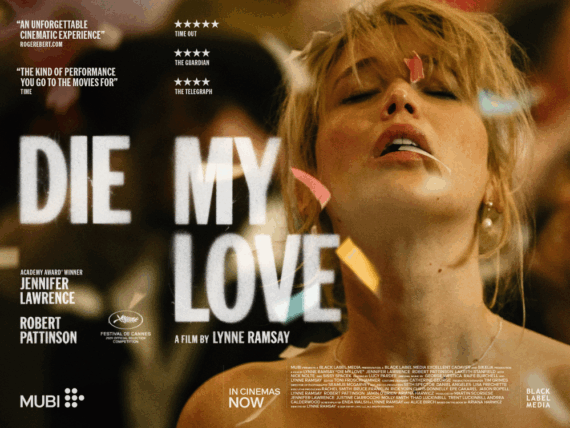
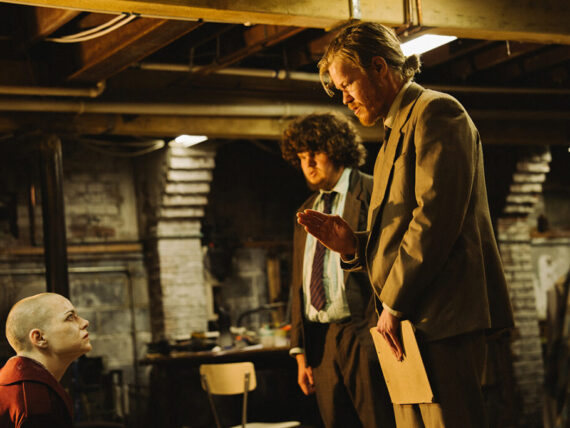
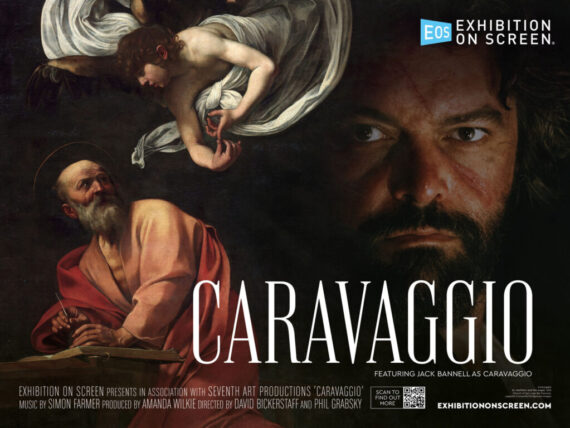
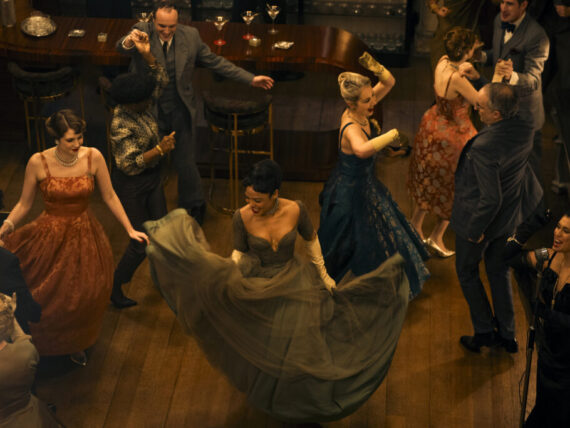
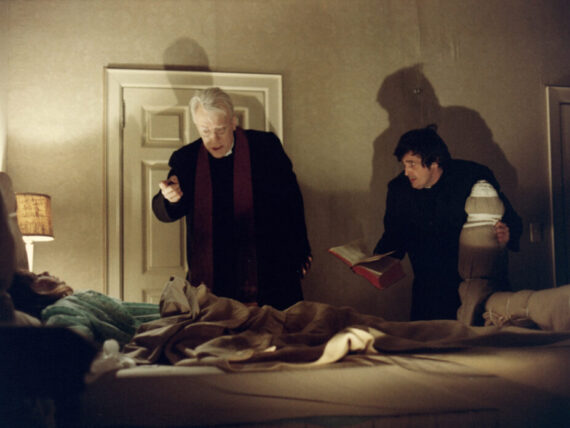
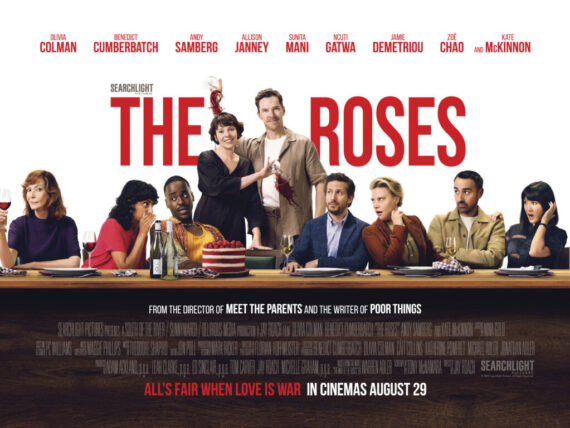
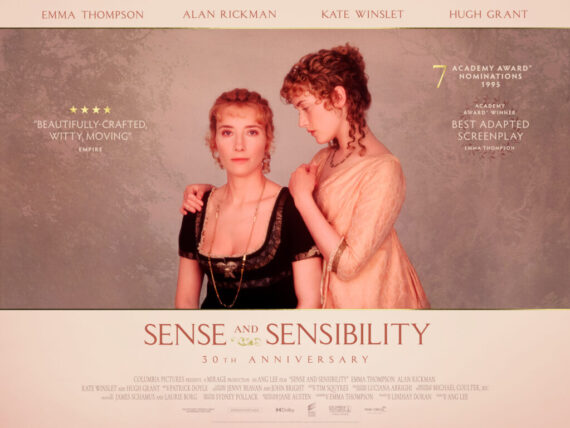

Comments
Comments are closed.